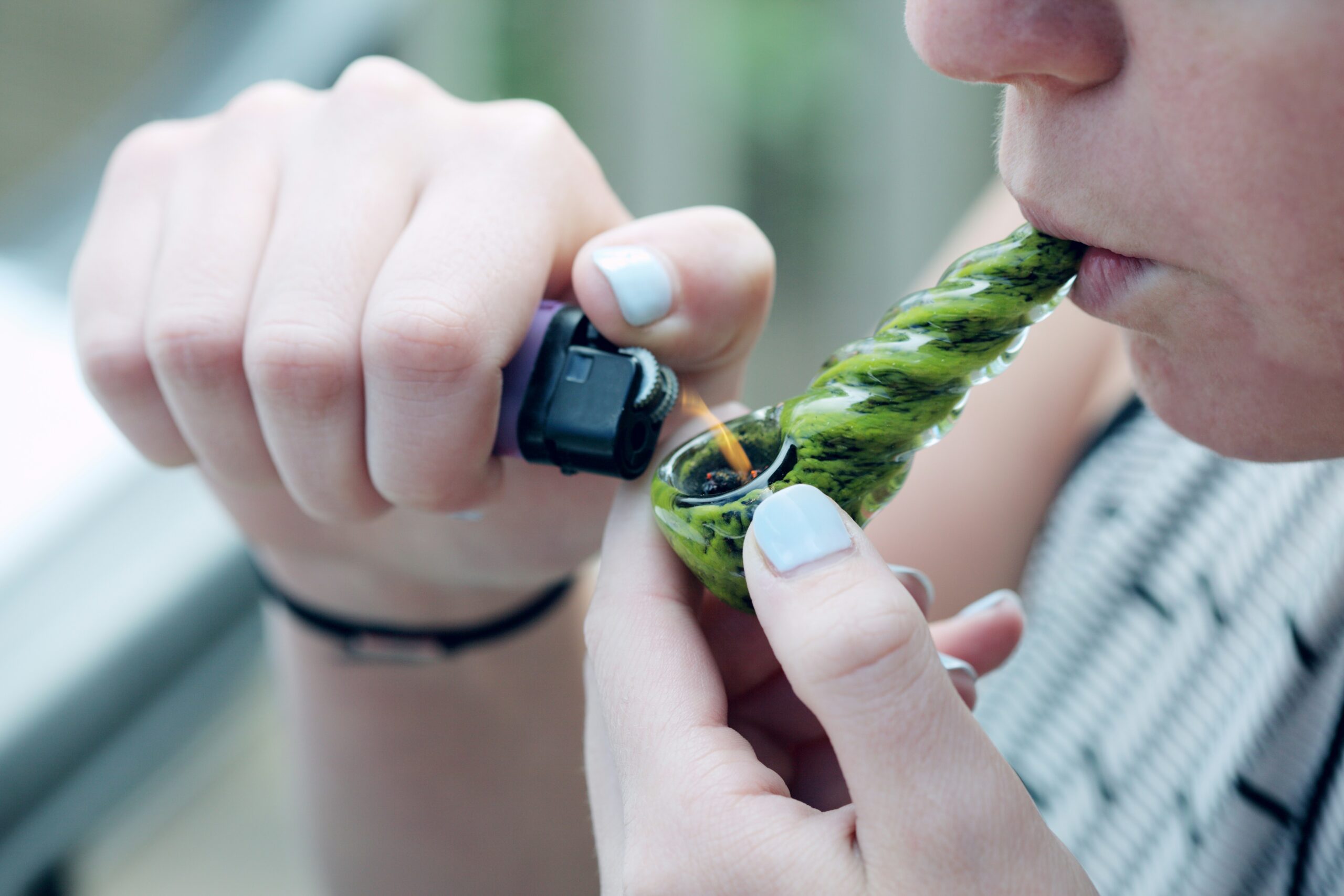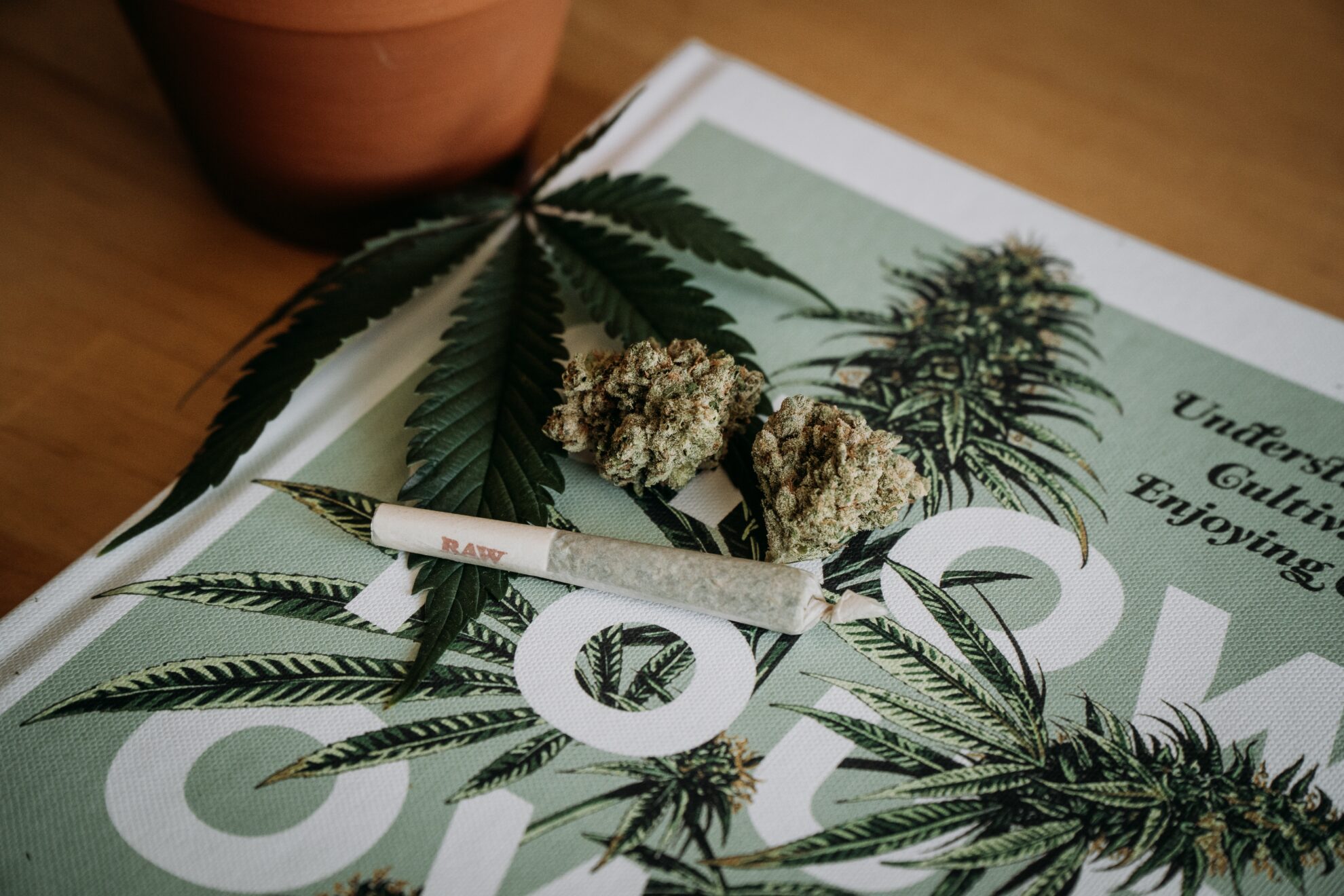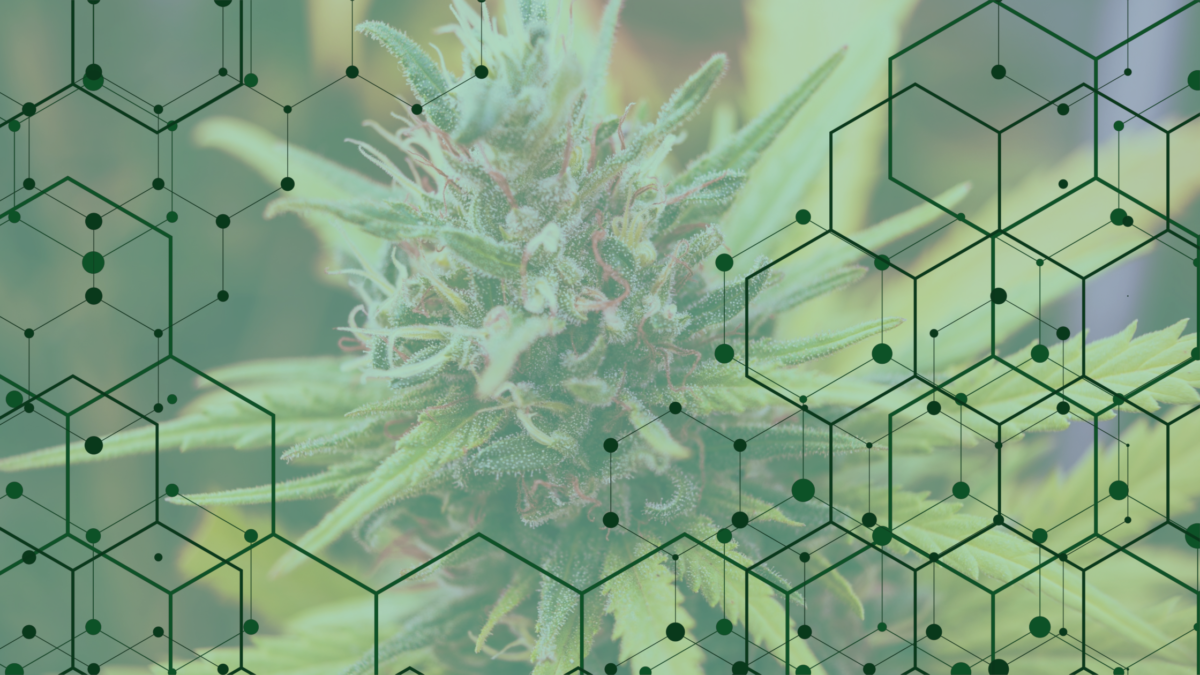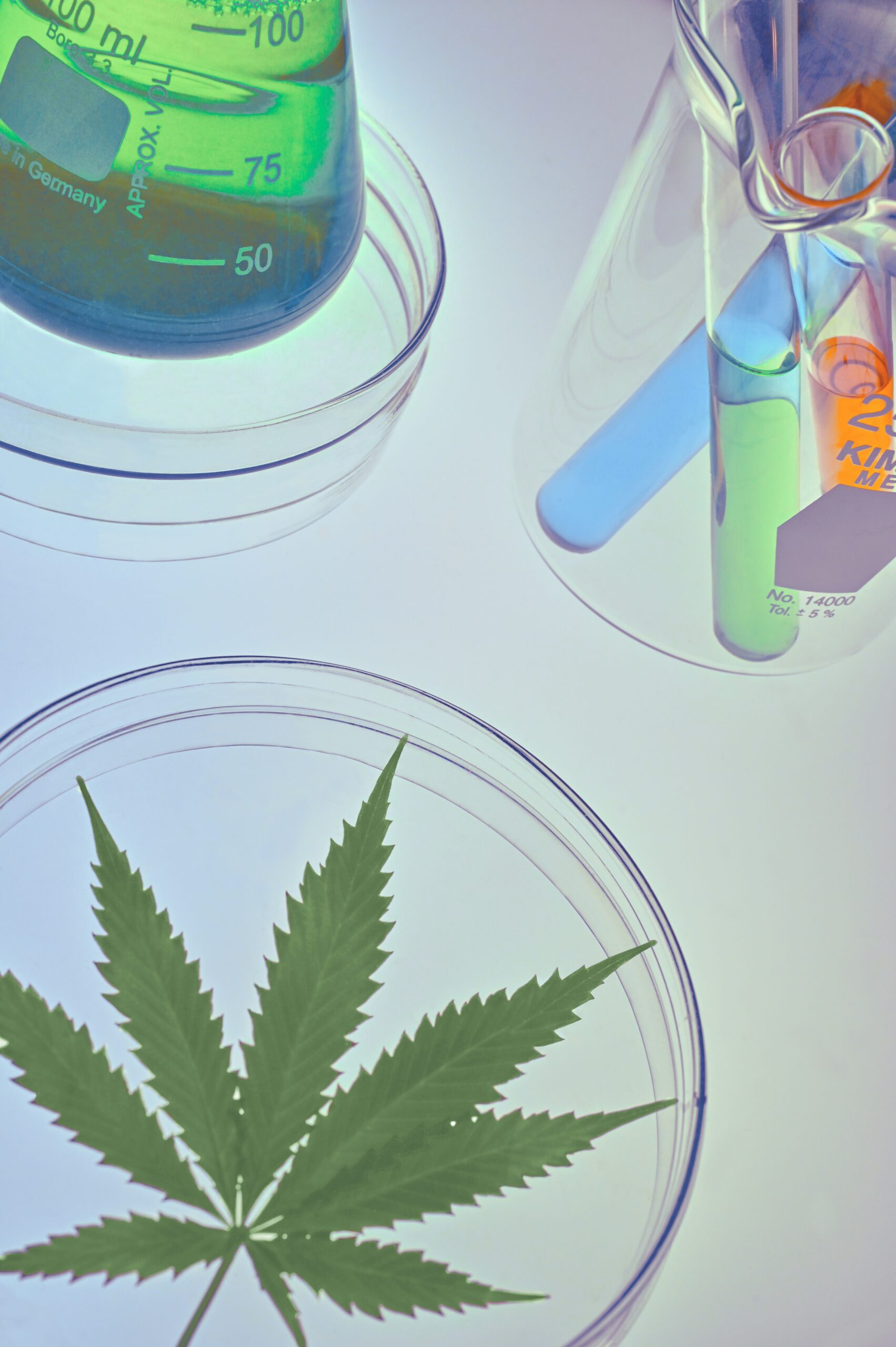Cooking with Cannabis
In recent years, the culinary world has embraced cannabis as an ingredient, despite being somewhat unconventional. One of the reasons that people are starting to cook with it is that it is both flavorful and functional.
Once relegated to simple homemade edibles like brownies and cookies, cannabis cooking has expanded into a sophisticated culinary practice that spans from gourmet appetizers to elegant desserts.
Whether you’re a culinary expert or a home cook, understanding how to incorporate cannabis into your cooking can transform your approach to both the flavor and potential health benefits of your meals. Here we’ll dive deep into the art of cooking with cannabis, covering everything you need to know to begin creating your cannabis culinary creations.
The Importance of Decarboxylation
Before you start cooking, it’s important to understand the chemistry behind cannabis. The plant’s key compounds, cannabinoids such as THC (tetrahydrocannabinol) and CBD (cannabidiol), require activation through decarboxylation to produce their full effects.
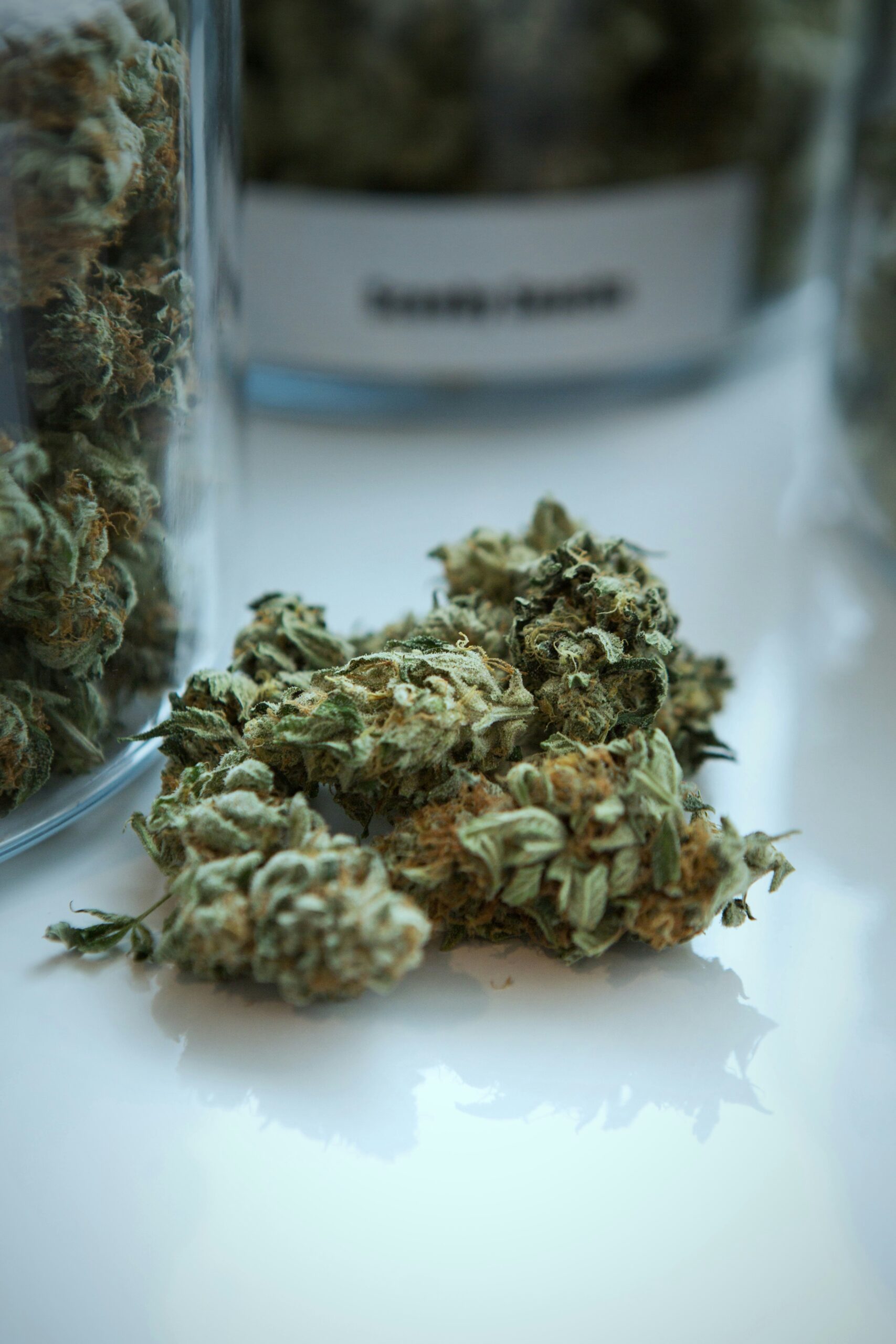
Decarboxylation involves heating cannabis to convert the acidic form of THC, THCA, into the psychoactive THC, and similarly, CBDA into CBD.
Here’s a simple guide to decarboxylate your cannabis at home:
- Preheat your oven to approximately 245°F.
- Spread coarsely ground cannabis flowers evenly on a baking sheet.
- Bake for 30-40 minutes, mixing every 10 minutes to ensure even heating.
- The cannabis should look lightly toasted and smell potent.
- Note: The results will vary depending on the flower, oven and desired results. You might need to adjust the temperature or the cooking time slightly to get the effect that you’re looking for.
Once decarboxylated, your cannabis is ready to be used for cooking.
Choosing the Right Fat for Infusion
Cannabinoids are fat-soluble, meaning they bind best with fats. This binding makes cannabinoids more effective and easier to digest. Popular choices for fat infusions include butter, coconut oil, and olive oil.
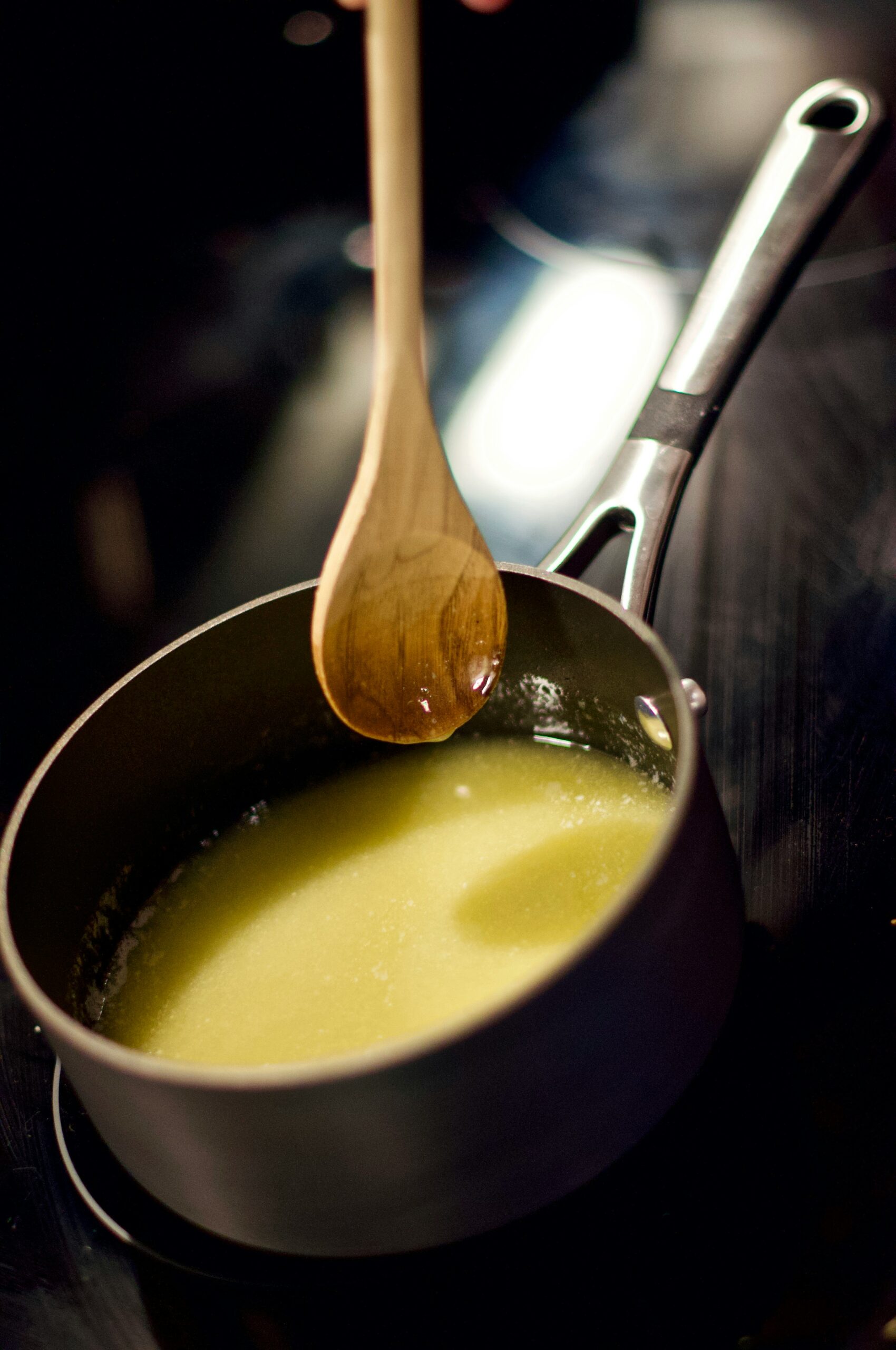
Here’s a simple guide on how to make cannabis-infused butter:
- Melt butter over low heat in a saucepan.
- Stir in decarboxylated cannabis and maintain a low heat for 2 to 3 hours, stirring occasionally.
- Strain the mixture through a fine mesh or cheesecloth to remove the plant material.
- Store your cannabis-infused butter in the refrigerator or freezer in an airtight container.
Looking For Something Simpler?
While cannabis butter is one of the more traditional ways to cook with cannabis, there is a lot of work involved, even before you get to the actual recipe. So if you’re looking for something a little bit easier, there are a few options that you could go with instead.
Dissolvables are a great option if you want to add a little bit of cannabis to your cooking. Just add the dissolvable power into almost anything that you’re making and you have a quick cannabis infused dish to enjoy. You can add dissolvables to almost anything but they do mix better into liquids or soft creamy ingredients.
You can also add pre-made cannabis infused ingredients to meals you’ve already made. Things like infused chocolate or infused sauces are a great way to add a little bit of cannabis to your meals.
It’s also a great way to share this meal with someone who might not want to medicate, as you can just add those ingredients to your portion and use non-infused ingredients for theirs.
Dosage Control
Dosage is very important in cannabis cooking. The potency of your final product depends on many factors, including the strength of your cannabis strain and how much you use in your infusion.
To make sure that you’re being mindful of you’re dosages consider the following:
- Start with a small amount of cannabis when creating your infusions.
- Use lab-tested cannabis to know the exact THC and CBD levels, this will help with precise dosage calculations.
- Remember that the effects of edibles can be more potent and longer-lasting than other forms of consumption.
Recipe Ideas
With your cannabis-infused fat, a world of culinary possibilities opens up. Here are some creative recipes to get you started:
- Cannabis-Infused Chocolate Mousse: Elevate a classic chocolate mousse by using cannabis-infused cream. Chill, whip, and serve for a decadent dessert.
- Herb-Roasted Chicken: Brush a whole chicken with cannabis-infused olive oil, season with herbs, and roast for a savory centerpiece.
- Vegan Cannabis Pesto: Blend basil, nuts, garlic, and cannabis-infused olive oil for a vegan-friendly sauce perfect for pasta or as a sandwich spread.
- Cannabis-Infused Granola: Mix oats, nuts, dried fruit, and a hint of cannabis-infused coconut oil, then bake for a healthy snack.

Safety Tips
- Always label your cannabis-infused creations to avoid accidental ingestion.
- Store cannabis-infused products safely out of reach of children and pets.
- Be mindful of the legal status of cannabis in your location and adhere to local laws.
Cooking with cannabis is more than just a trend—it’s an innovative approach to blending culinary art with cannabinoid science. By mastering the basics of cannabis infusions and exploring creative recipes, you can offer delightful dishes that combine flavor, fun, and functionality.
Whether you’re cooking for health reasons or for pleasure, the integration of cannabis into your cooking repertoire can open up a new dimension in your culinary experiences.
Remember, the key to successful cannabis cooking is balance and moderation. Enjoy the journey of discovering the vast possibilities with this versatile ingredient.
If you’re looking to start your cannabis culinary journey, then NatureMed has everything you’re going to need. Check out our online menu to see everything we have to offer and check our specials page to see all the ways you can save.





